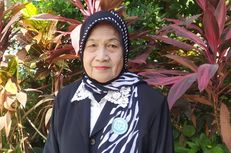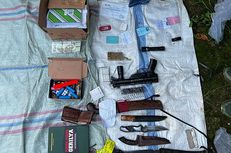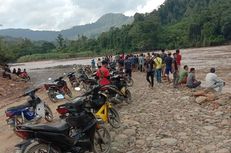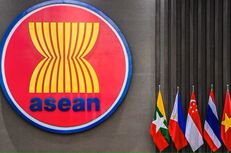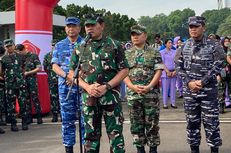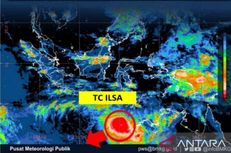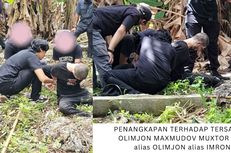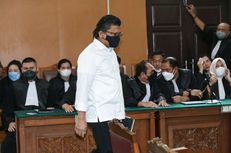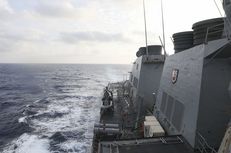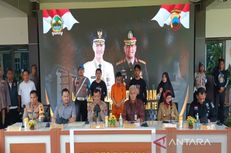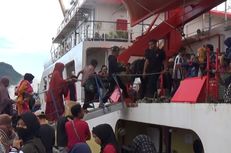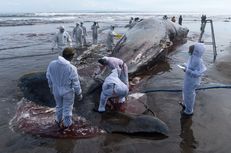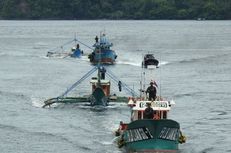Mounds Appear After Seroja Cyclone in East Nusa Tenggara
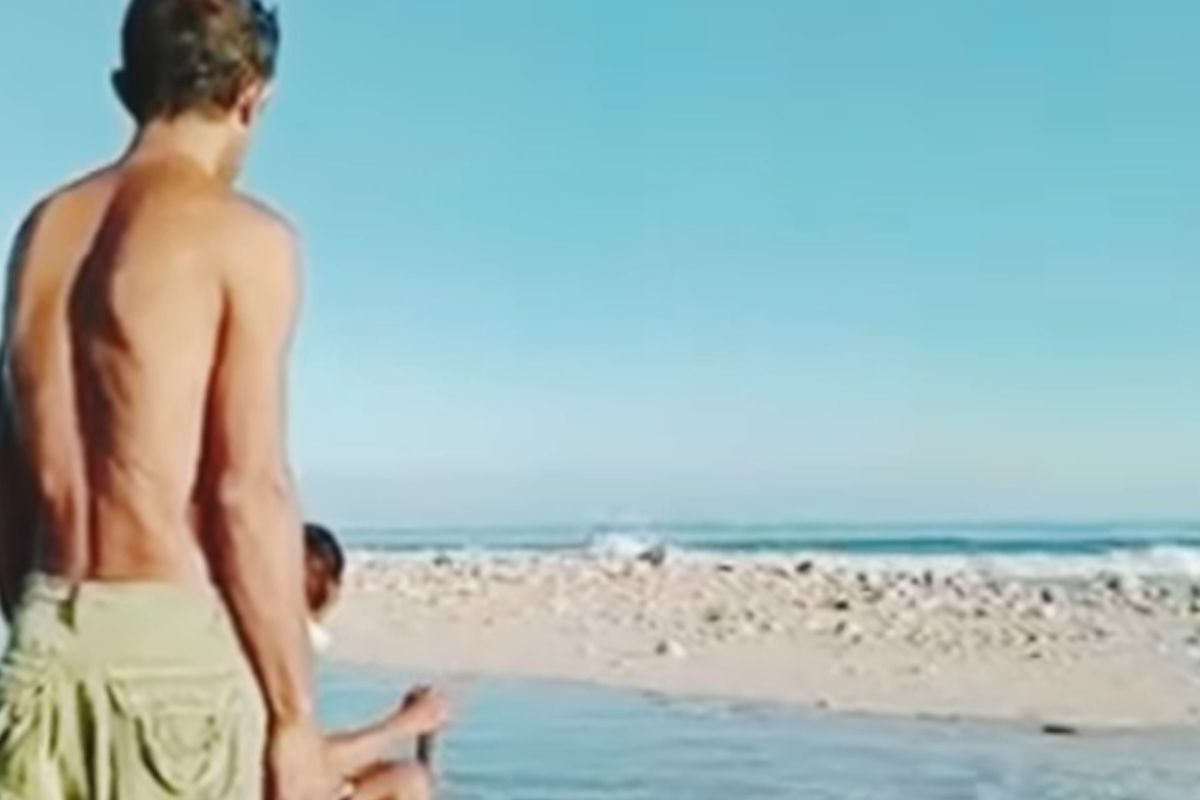
KUPANG, KOMPAS.com - Indonesia's East Nusa Tenggara [NTT] province was recently astir over the weekend, after eyewitnesses at the province's Rote Ndao regency sighted what they believed was a new island off the territory last weekend in the wake of Cyclone Seroja.
But the Kupang National Marine Area Conservation Agency (BKKPN) curbed their enthusiasm with a rational explanation for the phenomenon.
"The 'new island' off Rote Ndao is a sandbar. To be exact, it is a 2.5 meter dune formed after Cyclone Seroja hit NTT between April 1 to 4," said BKKPN head Imam Fauzi on Monday.
"Our monitoring with drones have shown that there are six mounds. Five of them tended to be flat, while the highest elevation of the sandbar is 2.5 meters above sea level and sloping towards the sea. The mound is visible at low tide, but it cannot be seen at high tide."
Also read: New Indonesian Island Found After Cyclone Seroja
He asserted that BKKPN will carry out further monitoring of the sandbar with drones to determine its position and area at high tide.

"The mounds consisted of sand and rocks, as well as massive pieces of dead porite, simphyllia, heliopora corals and pocillopora coral. From their shape, it seemed there are massive chunks of goniastrea, gardinioseris, and other corals."
Imam added that the sandbar is still unstable. "The sandbar cannot be considered an island because it still sinks at high tide," he warned of the geological formation, which was first sighted by two local men, Fredik Kadja and Petrus Temu.
Also read: Disaster Update: 138 Killed, 61 Missing in Indonesia's East Nusa Tenggara
"The sand, gravel and coral chunks are not dense materials, so there is a possibility that the sandbar will be eroded by the waves," he warned. While Imam noted that the has eroded since, making it less visible, he explained that BKKPN already figured out the sandbar's ecosystem.
"The closest ecosystem to the sandbar is a seagrass bed consisting of enhalus acoroides seagrass, Pacific turtlegrass [thallasia hemprichy], little Neptune grass [cymodocea], clover grass [halophila], and halodule pinifolia seagrass.
Local seaweed cultivators have started to tie seaweed seeds from the sandbar. Authorities in NTT and Rote Ndao planned to name the new landmass Pulau Paskah or Easter Island, asi it was first visible on Easter Sunday, April 4.
(Writer: Kupang Contributor Sigiranus Marutho Bere | Editor: David Oliver Purba)
Source:
Simak breaking news dan berita pilihan kami langsung di ponselmu. Pilih saluran andalanmu akses berita Kompas.com WhatsApp Channel : https://www.whatsapp.com/channel/0029VaFPbedBPzjZrk13HO3D. Pastikan kamu sudah install aplikasi WhatsApp ya.


